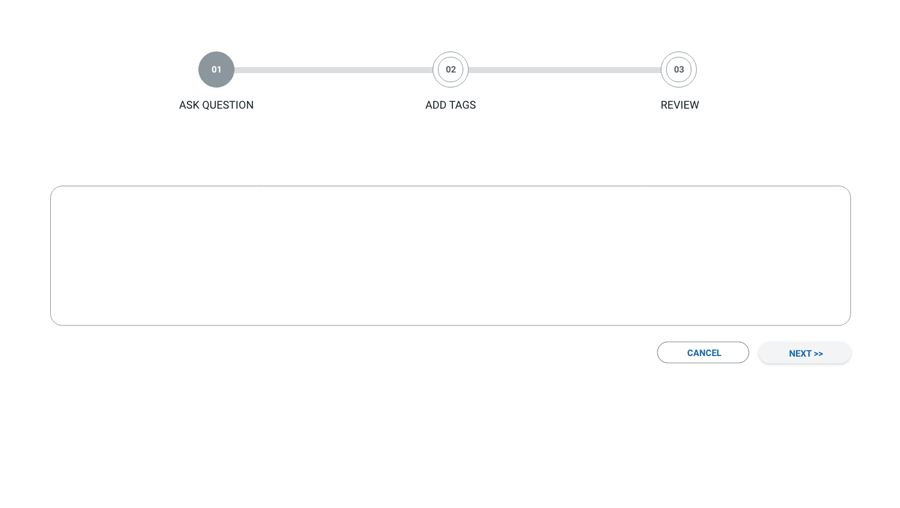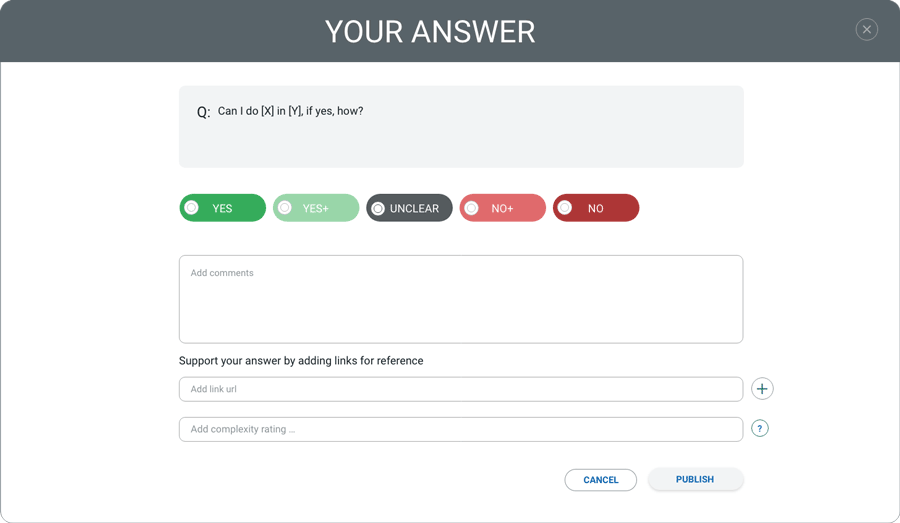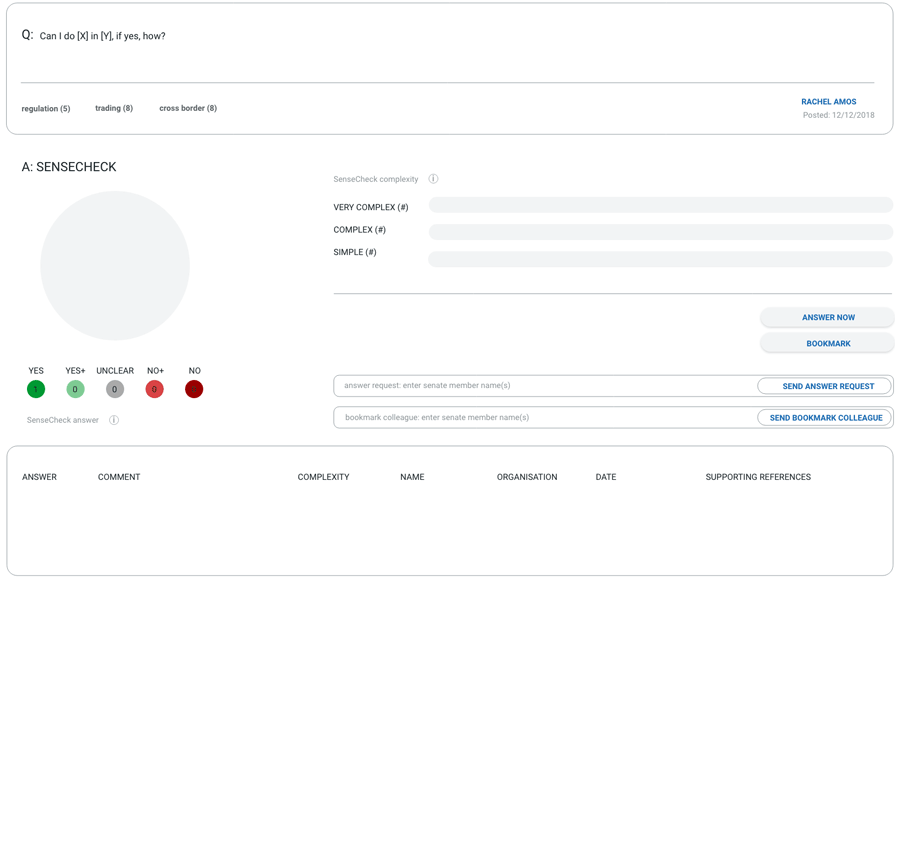A: SenseCheck

- 0 Yes
- 0 No
- 1 Other
- 08 May 2024
-
Other
|
Simple
Can't answer yes or no.:
Writing marketing emails is important to generate new business. However, care must be taken to ensure that the information in our marketing email is clear, fair and not misleading.
If we write a marketing email which is not clear, fair and is misleading, then if for whatever reason the product does not perform as expected, the client could refer back to the marketing email and argue that they were misled into investing in it. This would be very bad for Truva's reputation in the market, and also lead to legal action against Truva.
So, how do you write a marketing email which is clear, fair and not misleading? These are the key points that you should consider.
- Clear: In your email, you use should language that is, as far as possible, plain and capable of being understood by the person(s) that will receive it. Think about who you are sending the email out to. Are they quite a sophisticated investor who is likely to understand technical financial language and ideas? Or are they less sophisticated, in which case it would be better to explain the product in simpler, more “plain English” terms?
- Fair: The information you share must be accurate. Do you fully understand the product that you are writing to the client about, so that you can accurately summarise its key features? For example: what is the underlying economic investment? How long must the client remain invested for? Can they redeem early? What is the expected rate of return? Is there a risk that they could lose all of the money that they invest in? In particular, you should not say that a the investment is “capital protected”, “guaranteed”, “insured” or “secured” if, in fact, there is a risk that the client could lose all of their investment. You should also not indicate that a particular return is “guaranteed” when it could vary depending on the performance of the underling asset.
- Not misleading. While you can of course emphasise the benefits of the product, you should not omit any relevant fact that will result in information being insufficient, unclear unfair or misleading. For example, the product might have great potential for returns, but have a downside that all of the capital invested is at risk. You should not present the information in a way that might lead the client to think that their investment is protected (even if you don't call it capital protected). Where you provide a comparison or contrast with another product, benchmark etc is should be meaningful and presented in a fair and balanced way.
Finally, you should use the appropriate disclaimer. Please refer to the Q&A regarding the disclaimers.




|
Comment